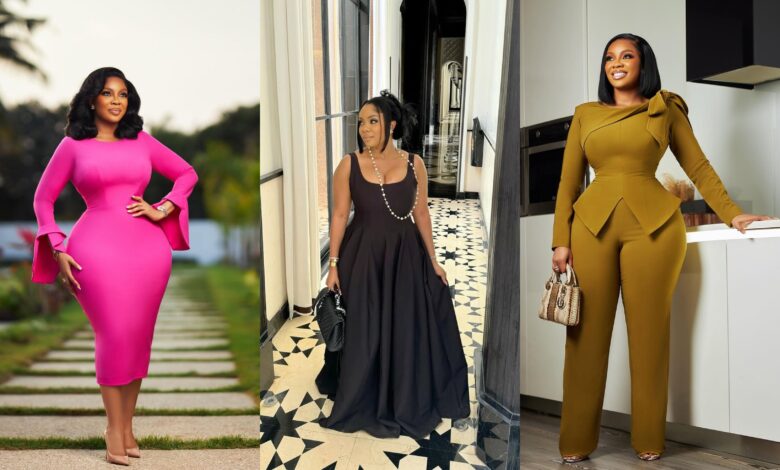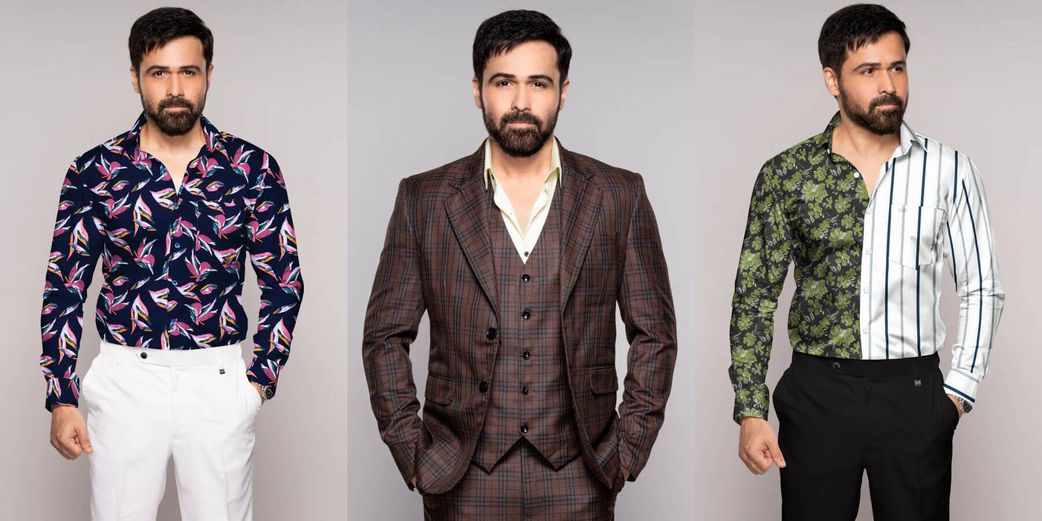The Psychology of Dressing: 5 ways your clothes affect your confidence

Let’s have a chat about clothes. Not just what you throw on each morning, but how those very garments can subtly, yet powerfully, mess with your head – in a good way, we hope! Have you ever slipped into an outfit and suddenly felt like you could conquer the world? Or, conversely, spent a day feeling utterly deflated because your clothes just weren’t cutting it? There’s a fascinating, science-backed reason behind this, and it’s called enclothed cognition.
Essentially, enclothed cognition is the idea that what you wear systematically influences your psychological processes. It’s not just about looking good for others; it’s about how your clothes make you think and feel about yourself. Your wardrobe isn’t just fabric; it’s a toolbox for your mind. Let’s delve into why this happens and how you can use your sartorial choices to boost your confidence and brighten your mood.
The Science Behind the Style: Enclothed Cognition
So, what exactly is this fancy-sounding “enclothed cognition”? In simple terms, it’s the profound mental and emotional impact that clothing has on the wearer. It’s not just about the physical sensation of the fabric, but the symbolic meaning we attach to what we wear, and how that meaning rubs off on our internal state.
A 29-year-old Wales fan was hospitalised after falling from the upper tier into the lower stands during their World Cup qualifier against Belgium in Brussels. Details of unfortunate fall…
1. The Power of Intention: Dressing for a Purpose
Think about it: when you consciously decide to “dress for success” for a big presentation, you’re not just picking out a nice suit. You’re setting an intention. That sharp outfit acts as a mental trigger, priming your brain for authority and competence.

Similarly, choosing soft, comfortable loungewear for a relaxed evening signals to your mind that it’s time to wind down. When you dress with purpose, your clothes become a powerful tool to align your internal state with your external goals. Feeling capable in what you wear can genuinely translate into feeling more capable, full stop.
READ ALSO: 10 foods that can change your mood
2. The Comfort Factor: Physical Ease, Psychological Peace
This one seems obvious, but it’s often overlooked. If your jeans are too tight, your jumper is itchy, or your shoes are pinching, that constant physical irritation seeps into your mental state. You’re distracted, uncomfortable, and frankly, a bit grumpy.

Physical constraint can quickly lead to psychological constraint, making you feel less confident and more self-conscious. On the flip side, slipping into something that feels good against your skin and allows you to move freely immediately puts you at ease. When you’re comfortable, your mind can relax, focus, and embrace a more positive mood.
READ ALSO: BECE 2025: GES director warns students against relying on leaked answers (‘apor’)
3. Colour Psychology: Hues and Your Headspace
Colours aren’t just pretty; they’re potent psychological triggers. Think about the effect of a bright, sunny yellow on a grey day – it can genuinely lift your spirits. Red often signifies power and passion, making you feel more assertive. Blues can evoke feelings of calm and trustworthiness. Black exudes sophistication and authority.

By understanding these subtle associations, you can intentionally choose colours that align with the mood you want to cultivate or the confidence you want to project. Need a boost of energy? Reach for something vibrant. Want to feel grounded? Opt for earthy tones.
READ ALSO: You must visit every Monday and Friday – Tamale elders warn ‘Dancehall Naa’ Shatta Wale
4. The Role of Fit and Silhouette: Proportions and Perception
This is a big one. Clothes that fit well and flatter your natural body shape don’t just make you look good; they make you feel good. When garments skim your body in the right places, enhancing your proportions, you feel polished and put-together. Ill-fitting clothes, whether too baggy or too tight, can make you feel sloppy, self-conscious, or even invisible.
A well-fitting outfit projects competence and confidence, and that feeling is infectious – it reflects right back into your self-perception. It’s about feeling comfortable and confident in your own skin (and clothes!).
READ ALSO: 7 reasons you shouldn’t have sex when you’re on your period
5. Accessories and Details: The Personal Polish
Don’t underestimate the power of the finishing touches. A statement necklace, a colourful scarf, a smart belt, or the perfect pair of shoes can truly transform an outfit. These aren’t just afterthoughts; they’re opportunities to inject personality and completeness into your look. When your outfit feels “finished” and thoughtfully assembled, it adds a layer of confidence.

The joy of expressing yourself through these small details can also provide a subtle, yet effective, lift to your mood.
So, how can you actually put this into practice?
1. The “Work-from-Home” Wardrobe: We’ve all been there – rolling out of bed and straight into a Zoom call in our pyjamas. While it feels comfy, studies suggest that consistently working in loungewear can blur boundaries and reduce productivity and focus. Dressing as if you’re going into the office (even if it’s just from the waist up!) can help your brain switch into “work mode” and boost your concentration and professionalism.
Pile of new clothes
READ ALSO: 6 wardrobe essentials every professional woman should own
2. Wardrobe Audit for Well-being: Go through your clothes and be ruthless. Get rid of anything that makes you feel bad, uncomfortable, or self-conscious. Those jeans that are just a bit too tight? That jumper that always makes you itch? Out they go! Your wardrobe should be a source of empowerment, not frustration.
3. Creating “Mood Outfits”: Build specific ensembles designed for different mental states. Have a “power outfit” for days you need extra oomph, a “creative uniform” for when you need to brainstorm, or a “comfort cocoon” for ultimate relaxation. This pre-planning makes dressing a conscious, positive act.
Serwaa Amihere steps out on the streets of London in stunning apparels
4. Mindful Dressing Practice: Instead of mindlessly grabbing clothes each morning, take a few moments. Think about how you want to feel that day, or what you want to achieve. Then, choose your outfit consciously, allowing it to support your intentions. It’s a small act, but it can kickstart your day with purpose.
It’s truly fascinating, isn’t it? Our clothes are so much more than just a covering. They’re a powerful, psychological tool at our disposal. By understanding the concept of enclothed cognition and the subtle ways our wardrobe influences our mind, we gain an incredible advantage. We can transform dressing from a mundane chore into a deliberate act of self-care and empowerment.
READ ALSO: 10 clear signs you are ready for marriage
So, go on, have a play with your wardrobe! Pay attention to how different outfits make you feel. You might be surprised by the powerful, yet subtle, shifts that intentional dressing can bring to your confidence, your mood, and ultimately, your entire day. Your brain, and your outlook, will thank you for it!






